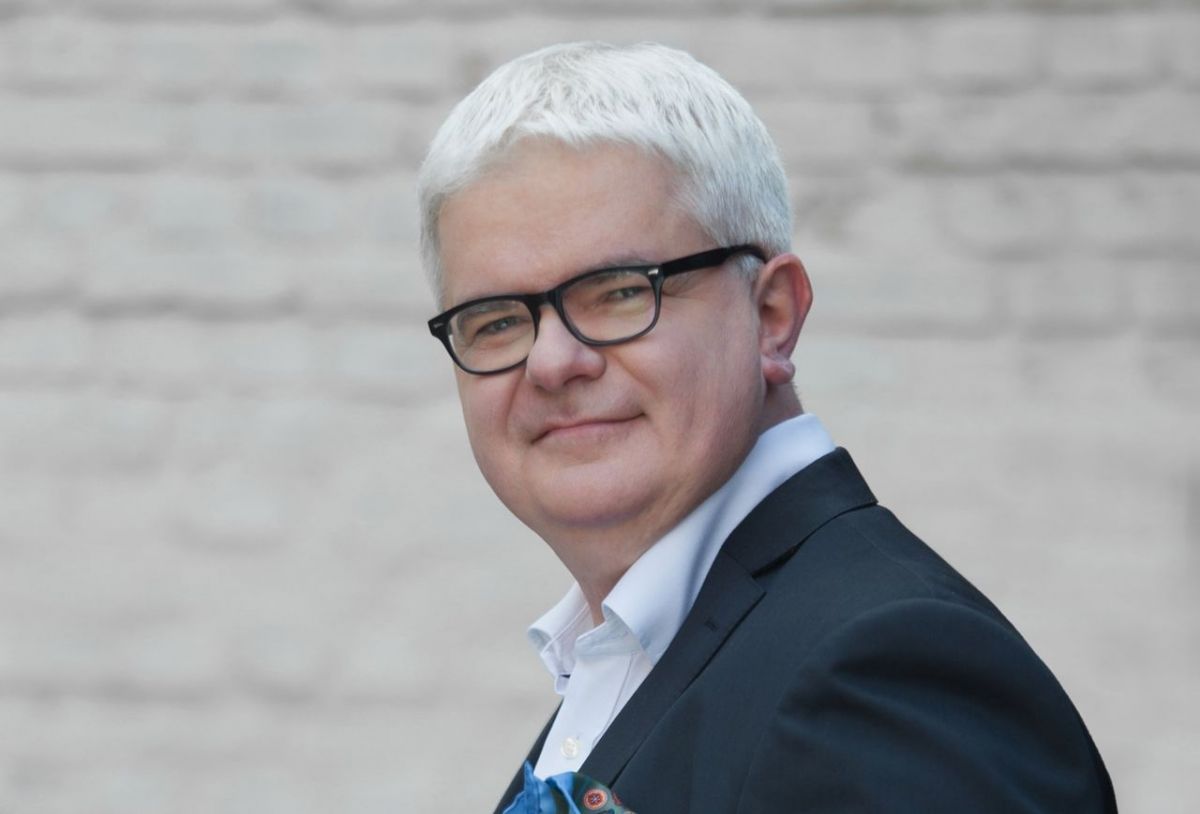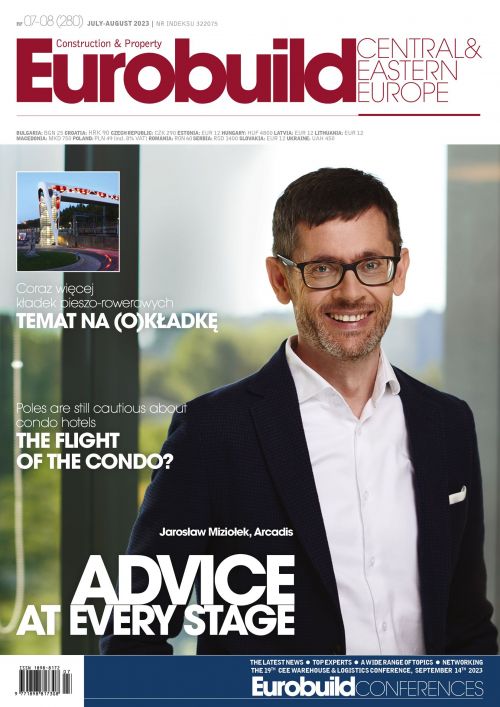Such tempting thoughts usually come to us when we feel overwhelmed by our responsibilities and deadlines become pressing. That’s when you might feel the irresistible urge to throw off the corporate shackles and suddenly change your environment for one that’s calm, clean and idyllic.
However, a good friend of mine (also called Tomek) is the only person I know who has taken this saying at its word – he quit a good job, took a substantial severance package, waved his handkerchief at Warsaw and opened a restaurant next to one of the main Bieszczady trails. Tomek’s story paints a picture of the Bieszczady Mountains that is not always so idyllic, although it’s not the climate, the packs of wolves or the Polish New Tax Deal that he generally complains about, but rather the tourists who form the basis of his livelihood. I could fill several pages with his anecdotes (sometimes comical, sometimes tragic), but instead I’m going to focus on a subject close to e































































